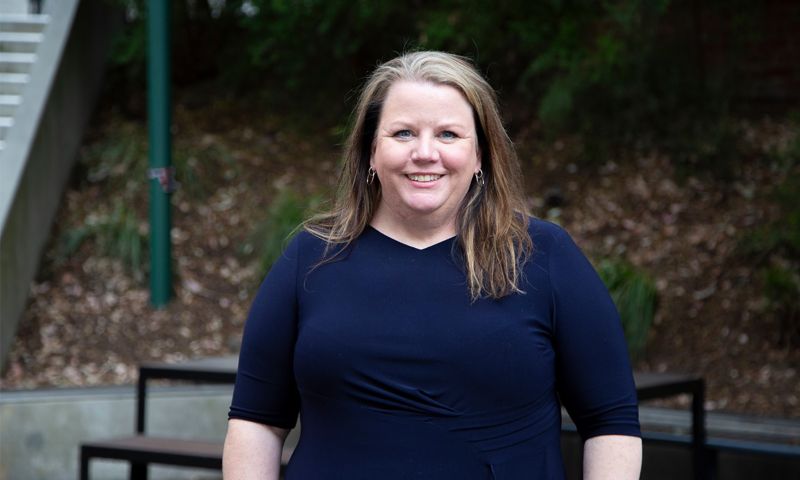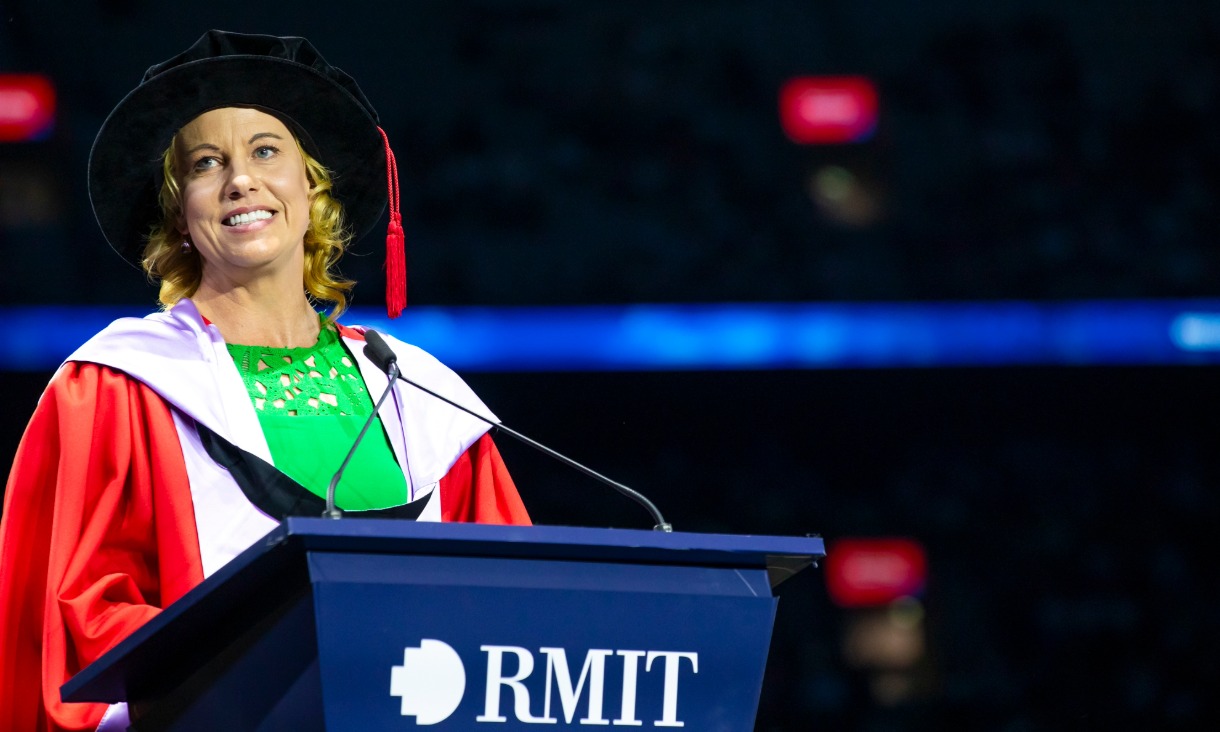VE offers accelerated learning models, where students can earn as they study and get into the workforce sooner. For students who can't afford to study, who simply cannot take time away from paid work, VE is an educational lifeline. They go on to rewarding, enjoyable and purpose-filled careers in a broad range of areas – many with an earning capacity on par with those with a university degree.
Let’s also not discount those students who don’t fall into the categories of ‘school leaver’ or ‘mature-aged’ – VE gives adult, mid-tier workers an opportunity to gain the knowledge, skills and competencies they need in the face of a rapidly changing job market.
It also offers a practical and realistic path for Australia to accelerate the way we address workforce shortages.
The Government also needs to consider how it can reshape the narrative of the VE sector, and particularly the public TAFE brand.
Recent commentary from the former Minister for Skills and Trade Brendan O’Connor about the need for new, flexible models of education that will reform the way many VET qualifications are developed, is a great start.
Australians need a better education model to help them acquire recognisable, transferable skills via a flexible system that moves with the rapidly changing needs of the economy. It also needs to be enabled by the right funding models.
As Australia’s largest dual sector university, RMIT has a history of success in this area with higher and degree apprenticeships that are producing real and tangible results for employers.
Absolutely key to the success of these programs is that they be codesigned with industry. We know the world of work and skill formation is rapidly changing but must recognise that the needs of the economy are different across all sectors.
By working with industry on specific codesign that solves for their workforce challenges – alongside a high bar of quality – we can create the flexibility and support Australians need to remain skilled across their working lives.
Our national skill builder is no second choice – it’s time to celebrate vocational education or at the very least, stop talking about it as a Plan B.
*Taken from the TAFE value and perception challenge, McCrindle
Story: Mish Eastman
Mish is Deputy Vice Chancellor Vocational Education & Vice President, responsible for developing and leading an impactful strategic direction and vision for vocational education at RMIT..








